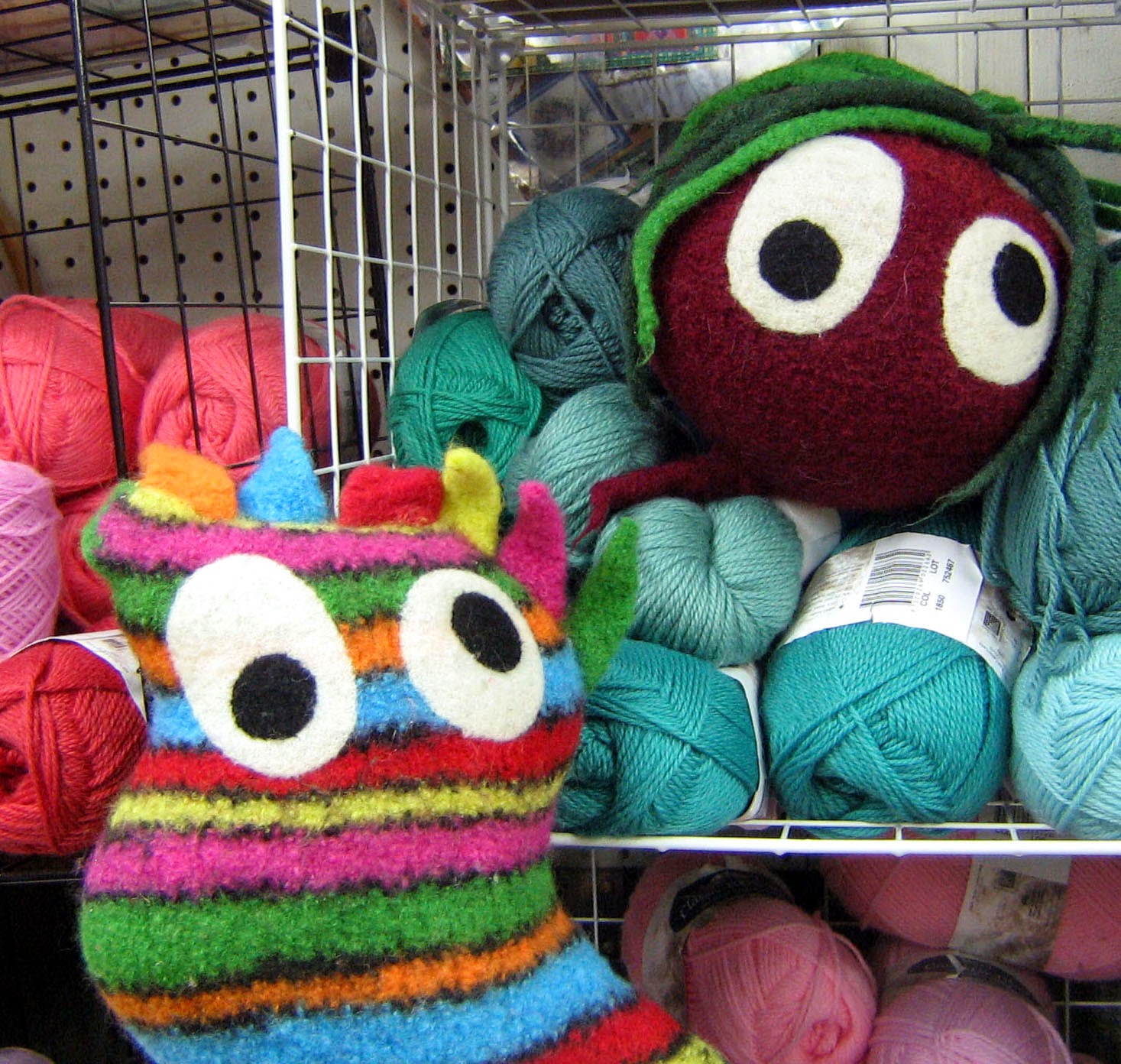Have you ever wondered why sheep don’t shrink when they get
wet? They are ‘wearing’ wool, after
all. And, when we wash the wool we wear,
it shrinks, right?
Technically, wool does not actually shrink, it felts. Wool
fibers have a cuticle layer and scales much like human hair, although the
scales on human hair are much flatter (remember all those hair conditioner
commercials?). When wool is washed, under certain conditions, the raised scales
of that cuticle layer catch on to each other, which begins the felting process.
The fibers in the fleece on a sheep are all growing out of
the follicles in the same direction, and at a similar rate. This means that the cuticle scales are all
pointed in the same direction (much like the teeth on a saw blade), and they
don’t catch, or lock, on to each other, even if wet.
 |
| Roving |
When fleece is shorn, the processing stages cause the fibers’ natural alignment to get messed up. As it is cleaned (called scouring) the individual fibers in the fleece no longer line up ‘tip to base’ as they do on the sheep. They get all jumbled up in various dimensions and directions. ‘Carding’ realigns the fibers into a parallel arrangement for spinning (roving into yarn/thread) but the fibers are not necessarily ‘tip to base’, so the scales will still catch onto each other.
 |
| Drop spinning |
When the fibers are spun they come in close contact with
each other, and that interlocking nature of the scales helps keep the yarn
together. Felting usually occurs in the
presence of heat, water, and agitation which acts as a ratchet to tighten that
contact between the fibers in the yarn, and then the yarns in the fabrics. When the wool fabric gets wet and then dries,
the fibers that point in various directions latch on to each other and lock
closer together, meaning all the strands of wool pull together tighter than
before, and your wool sweater shrinks up! With enough heat, water and agitation
the fibers will interlock tight enough to form a solid mat.
 |
| Before and after felting |
We use wool yarns (new) that are NOT shrink-proofed to make
Snooter-doots. We want the yarns we use
to felt as much as possible to create a solid shell in the shape of the critter
we are looking for. Different brands,
styles, and colors of wool yarn felt differently. We’ll take a look at that next time. We think wool is quite magical, and since it's a sustainable, renewable resource, it's the perfect material to make Snooter-doots with.
 |
| Lennie & Bruce inspect our yarn stash. |


